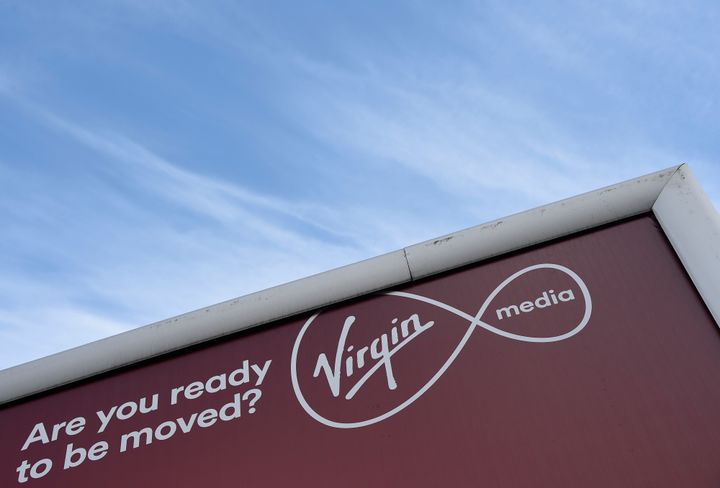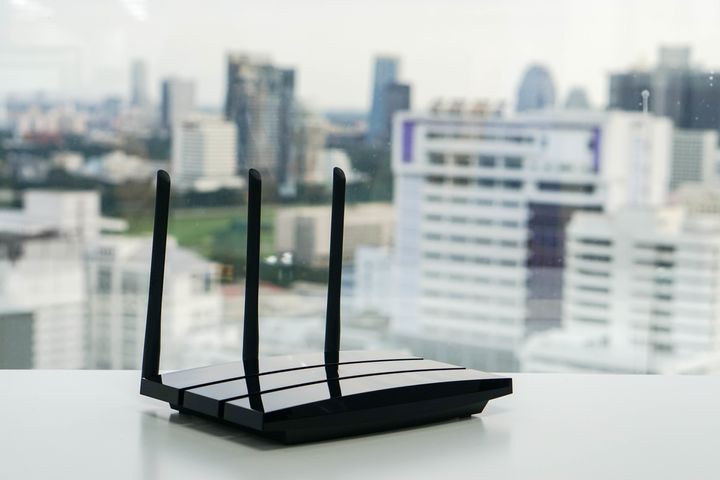A UK watchdog has made major changes to the way internet providers can advertise their broadband packages, after research showed customers were being “misled”.
Historically these services have been known to sometimes mis-sell prices and offerings because of more relaxed guidelines.
But now the Advertising Standards Authority (ASA) is changing that.

Having access to fast broadband might seem like a first-world problem, but the UK government has said they want to see it as a ‘legal right’ for citizens to have a minimum level access of 10Mbps by 2020.
As Ofcom predicts around 1.4 million homes are still getting speeds below this benchmark, clearly providers have some role to play in this long-term strategy.
ASA’s new rules require that all advertised speeds must be based on the download speeds available to 50% of customers at ‘peak hours’ (rather than say, in the middle of the night when everyone else is asleep).
Previous guidelines only required 10% of customers needed to have access to that speed at that time.
They have also got stricter on the language used on billboards, saying that providers now need to make it clear these speeds are an “average” rather than the current position that allows them to use the words “up to”.
According to ASA, this was leaving consumers open to misinterpreting this as the speed they are “likely to get as individuals” as opposed to what the nation is likely to get as a whole.
The new rules kick in on 23 May 2018, after a six-month implementation period.
Although there’s no doubt that some marketing was purposefully making things ambiguous for customers, ISPs do face the problem that every home is different and therefore impossible to calculate precisely.
Shahriar Coupal, director of the Committees of Advertising Practice said: “There are a lot of factors that affect the broadband speed a customer is going to get in their own home - from technology to geography, to how a household uses broadband.”
In May 2016 all providers were told they had to include line rental in broadband prices and as of November 2017 all of the major providers are cooperating.
Ofcom is currently conducting a similar review into broadband speeds.
If you’re already struggling with poor internet speeds despite being promised something much faster one of the problems could be your router.
Many of us just place them in the corner thinking they’ll work straight out of the box but the truth is their location in your house or flat can make all the difference.
Here are some things that could be ruining your internet speeds:
TVs, or any electrical appliance
That’s right. While many of us set up our routers right alongside our TVs for convenience, it’s actually one of the worst places to put one.
Your TV, games console, set-top box are all giving off electrical signals and it’s these that can drastically interfere with a routers ability to send out a strong WiFi signal
Fish tanks
Your heard us. A fish tank is actually a double-whammy of bad WiFi because not only do you have the electrical circuits powering the tank but then the enormous body of water that’s absorbing the signal being given out by the router.
Walls
This sounds like a no-brainer but looking at the layout of your house and working out where walls could block your router’s signal could make all the difference. Almost a quarter of those asked in the survey have admitted to putting their router by a window (bad), shared wall (worse) or even at the top of their house (just no).

Instead if you can, make sure the router is given space on all sides, is centrally located within the house and isn’t just kept in a corner whee no-one can see it.
Christmas lights
You can probably see where we’re going with this. Christmas lights, although pretty, are a giant flashing nightmare for your WiFi. They’re one big wrapped up electric interference device and so if you’re going to get festive, try and keep your router as far away as possible.
